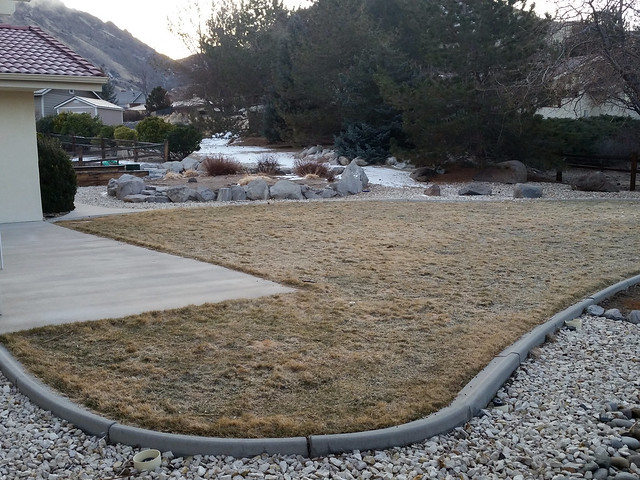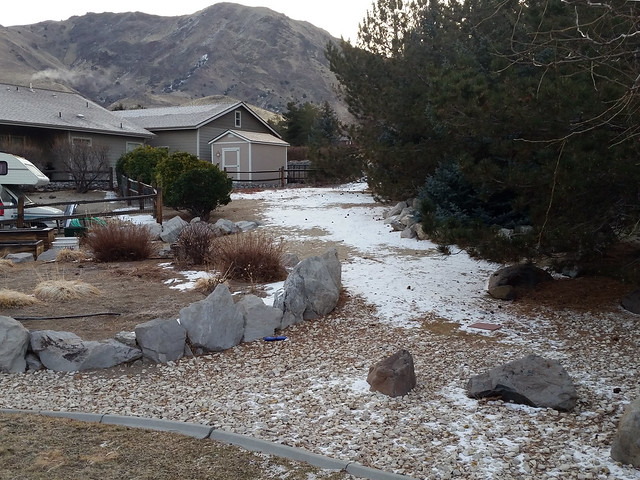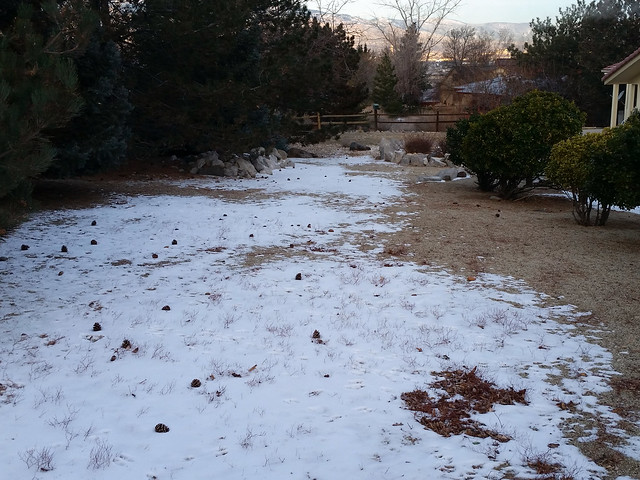As for bending track, I would highly recommend a dual railbender. You simply use an ironing type motion and your track is suddenly curved. Its doesn’t get any easier then that. I use code 332 stainless, and its a bear to bend, but with the dual railbender its a snap. With aluminum rails it would be even easier to use. And using a proper railbender, you don’t get kinks and out of gauge bends in the track.
I did what Greg suggests. I made a rather large fill at the bottom of my set up, to keep my grades at around 2.5% And grade is grade, so the comment about “scale maximum grade” went past me.




